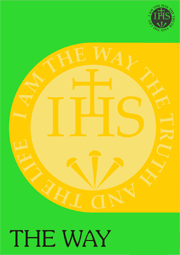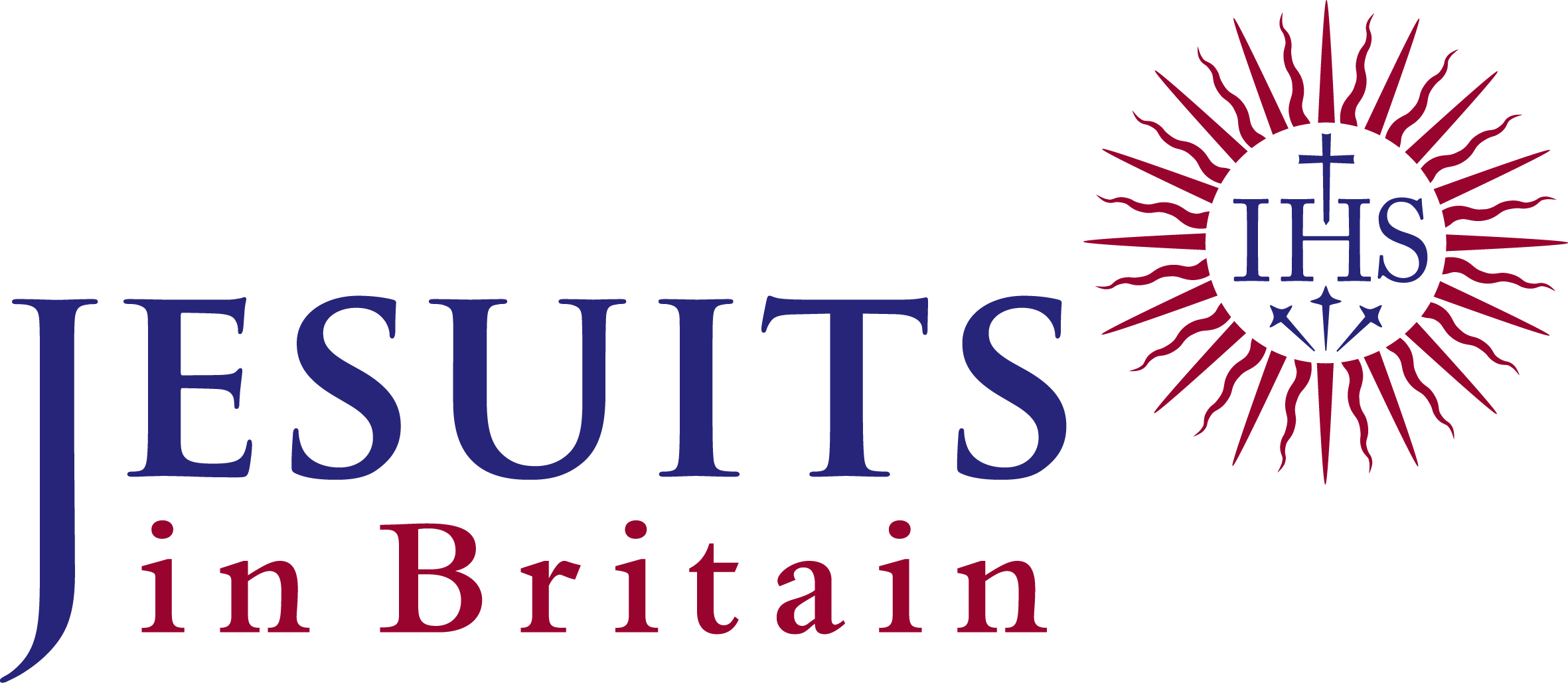|

| |
A Universal Call to Holiness Learning from a Saint Next Door: The Pursuit of Holiness in Thomas Merton and Pope Francis Since the Second Vatican Council, the Roman Catholic Church has recognised a ‘universal call to holiness’. In other words, sanctity is not the preserve of those living a particular way of life, as a priest or a nun, for example, but something offered to all Christians. Daniel Horan traces this idea in the writing of Thomas Merton, and in the ways that it has been developed by Pope Francis. Download this article in PDF format by clicking here Family Structures and Spiritual Freedom A principal aim of the Spiritual Exercises of St Ignatius is to lead those making them to a place where they can make free choices, specifically about how they can best answer the call of God in their lives. How can this work, Suzanne Krudys asks, when the exercitant is, for instance, already a wife and mother, living within a network of long-established ties and responsibilities? Three Ways: The Bhagavad Gita and the Spiritual Exercises It is now generally acknowledged that if interfaith dialogue is to move beyond a hard-won mutual toleration of different beliefs, a careful comparison of different theologies is needed. Rolphy Pinto contributes to this debate by comparing and contrasting elements of the Hindu Bhagavad Gita and the Ignatian Spiritual Exercises. The Jesuit Way towards Holiness More than fifty members of the Society of Jesus have been canonized. These men come from different centuries and various parts of the world, and exercised a variety of ministries within the Church. What unites them, as Thomas Flowers shows here, is a commitment to living a life of holiness, and their very diversity can help us reach a clearer understanding of this elusive quality. Augustine Baker: A Wise Mystical Guide Augustine (or Austin) Baker was a seventeenth-century Welsh-speaking Benedictine monk, a convert from Protestantism, and a spiritual writer who wrote ‘as a contemplative and for contemplatives’. Here the Dominican Louis Roy asks how his work might instruct those today who wish to deepen their own lives of prayer. The Sweetness of Finding More than a Home: A Telescopic View of Ruth The Old Testament’s Book of Ruth tells the attractive story of a Moabite woman marrying into a Jewish family, and thereby becoming one of the ancestors of King David, and so of Jesus. Paul Dominic here offers a reading of this text that draws out its continuing relevance both for married people and those who live the consecrated life of religious. The Spirituality of Marriage Today Taking a cue from St Paul’s remark ‘It is better to marry than to burn’ (1 Corinthians 7:9), Christianity has sometimes presented marriage as a lesser option, allowed for those who cannot live the better, celibate life. Recent church teaching offers a much more positive view of married life, as Bob Doud shows in a personal reflection. Etsi ficus non floret: An Examen of the Landscape of My Life People make pilgrimages for many reasons: out of devotion to a particular saint or shrine; to ask a favour of God; in thanksgiving for gifts received—the list could go on. Here Ian Coleman, who lived the Jesuit vocation for four years before leaving the Society, and is now a permanent deacon and a proud father, makes a pilgrim journey to revisit that original calling. An Ecological Spirituality The fact that living out the Christian gospel must include a commitment to care for the whole of creation is becoming ever more widely accepted. In this article Yvonne Prowse considers how those making a retreat might be presented with the kind of spiritual resources that will enable them to sustain such a challenging commitment afterwards. Moral Education Gerard J. Hughes, who died recently, was a Jesuit philosopher of the British Province, and a prolific writer, not least in the pages of The Way. As a memorial to him, we reprint an article on moral education, first published in the Way Supplement in 1974, which deals with the topic of the moral virtues, a theme that has since returned to the centre of contemporary ethical debate. From the Foreword A CENTURY AGO it would have seemed self-evident to most Roman Catholics, and many other Christians, that different ways of life within the Church were associated with different levels of sanctity. From this perspective monks and nuns living an enclosed life within an abbey or monastery were usually thought of as the most holy, then vowed religious living an apostolic life. In this view the ‘secular’ clergy came next, and last in line were laypeople. Even here, those who had chosen to live a single life came in ahead of the married. There were other factors, such as martyrdom, that might move you up the scale, and within the different states of life some individuals clearly appeared to be more holy than others. But, at least at the level of popular piety, this way of ordering the life of the Church was largely unchallenged.The reflections of the bishops who gathered at the Second Vatican Council changed all that. Their document Lumen gentium, issued in November 1964, spoke of a ‘universal call to holiness’. All the baptized are intended to live holy lives, although what this will look like in practice will differ. A married laywoman is no less intrinsically holy than an enclosed monk, and the one has as much access to God, and to the gifts of God, as the other. In the six decades since Lumen gentium was promulgated, the Church has continued to work out its implications, as can be seen in the articles gathered in this issue of The Way. The US Cistercian Thomas Merton was one of the first to popularise this new way of thinking, and Daniel Horan explores ways in which his thought finds echoes in that of the present Pope. Although the writings of Augustine Baker, a seventeenth-century Benedictine monk, deal extensively with contemplative prayer and were intended principally for religious, Louis Roy believes that they can now be of use to those seeking holiness in a variety of states of life. This same broad understanding informed the work of Gerard J. Hughes, the Jesuit philosopher who died recently, and whose essay on moral education (first published within a decade of Vatican II) is reprinted here as a tribute to him. The idea that married people have their own call to holiness, and the nature of that call, interests several of our writers. Bob Doud reflects on how his own views have developed in the years since the Council. Suzanne Krudys considers what the freedom which is, according to St Ignatius, one of the goals of the Spiritual Exercises, looks like for someone who must care for a family. The Old Testament Book of Ruth can speak about their commitment both to married people and those in vowed religious life, according to Paul Dominic. And Ian Coleman, who left the Jesuits and is now a married deacon and father, describes a pilgrimage he undertook, coming to a deeper understanding of his own response to the summons to sanctity. Even within the life of a single religious order, holiness can take a variety of forms. In his essay Thomas Flowers looks at the experience of the 53 members of the Society of Jesus who have been formally canonized, noting the differences between them as well as what unites them in their responses to the call to holiness. The contribution of Rolphy Pinto moves beyond Christianity to compare its paths to holiness with those found in the Hindu scriptures, in a way that would again have been impossible before the Second Vatican Council. Finally Yvonne Prowse invites the reader to ask how a contemporary commitment to holiness can be rooted in a concern for the whole of creation. Paul Nicholson SJ Please click here to subscribe to The Way, | ||
| |






|



